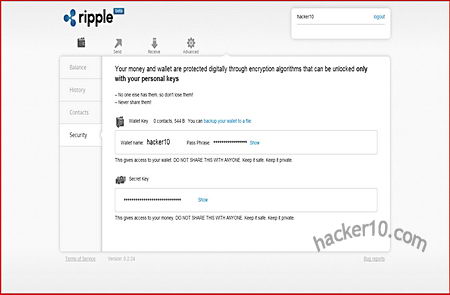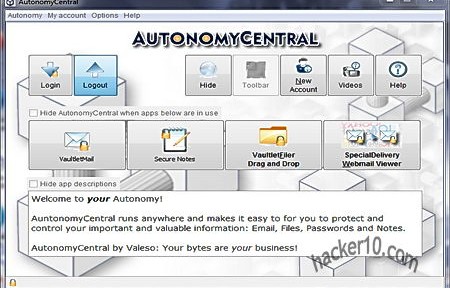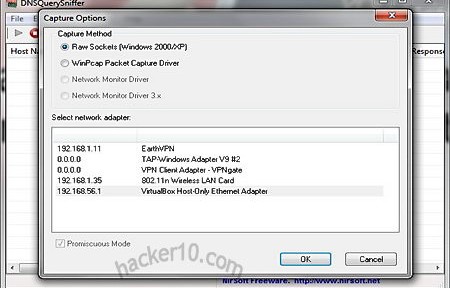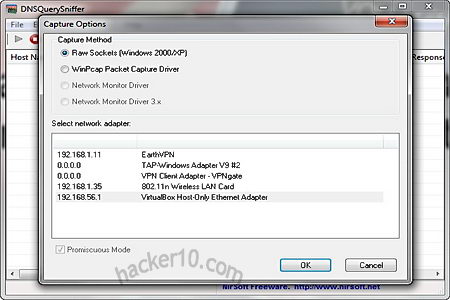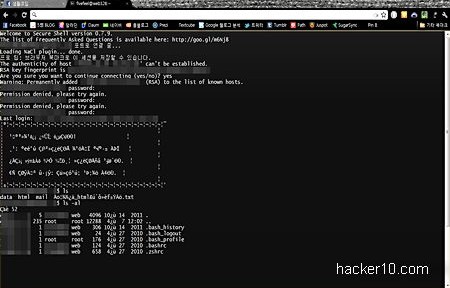Massachusets and Georgia Insititute of Technology researchers have developed a method to log computer keystrokes by placing a smartphone next to a computer keyboard and major its sound and vibration using the smartphone accelerometer. The researchers employed an iPhone 4 for this and noted that sensors in older models are not good enough to pick up remote vibrations.
Mobile devices accelerometers are used to re-orient your screen using a differential capacitor to measure changes in gravitational pull. Researchers used it to listen in to typing sounds and translate them into text by estimating volume and force produced during keystroking.
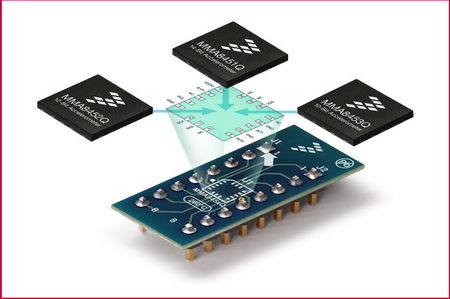
The phone was enginereed to interpret what dictionary words sounded like and translate them into text. Accuracy was next to 80% and it only went down after an extensive number of dictionary words were added. Since an attacker might now what kind of information they are after, a customised dictionary with likely terms can be built to increase accuracy.
In order for this attack to work the smarphone has to be placed on the same table where the keyboard is and there must be no ambient vibrations, like a printer or scanner working in the background.
The only mitigation strategy proposed by the researchers against this type of attack is to prevent anybody from placing a mobile phone next to your keyboard, not even your own since it could have been infected with this kind of malware to spy on you.
There has also been previous research showing how a smartphone microphone could be used to pick up typing patterns. With this is mind it is important to never forget that smartphones have the necessary equipment to spy on you, the reason why many government departments do not allow them into the office.
The research is a proof of concept, do not be surprised if you see NSA spooks showing interest in this and taking it to a step further in the future as smartphones sensors improve even more.




